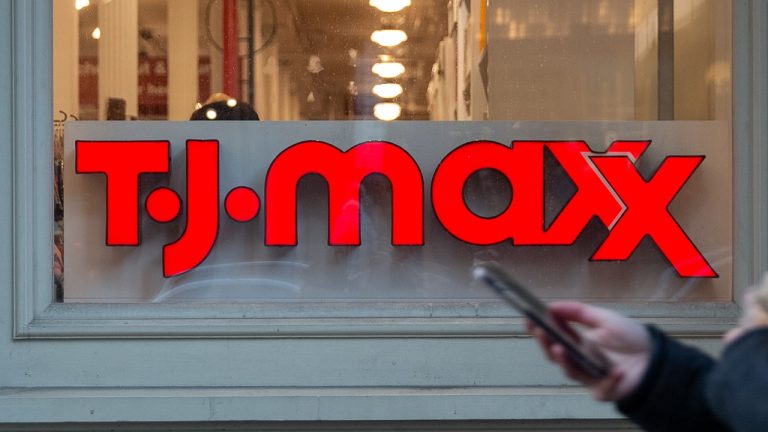

San Diego’s sweeping effort to make neighborhood planning groups better organized and more diverse might also lead to the ouster of groups currently representing La Jolla and Hillcrest.
Rival groups in those communities are asking the city to let them replace the existing neighborhood groups, arguing they match the local demographics better and would be more effective leaders.
The existing groups , which both want to continue leading those neighborhoods, have submitted proposals to boost the diversity of their own membership and become more relevant to their communities.
The City Council is scheduled in May to choose between the rival and existing groups, and to decide whether three dozen other groups elsewhere around the city are eligible to keep representing their neighborhoods.
The council’s decisions will complete a nearly two-year process that aims to boost the professionalism and diversity of the groups, which have faced backlash in recent years for frequently opposing ambitious projects and policies.
The goal is to diversify the planning groups, which are typically made up of more White people and more homeowners than the neighborhoods they represent, by bringing in more renters, people of color and young people.
While only two local groups face challenges from rivals, nearly every neighborhood group has felt pressure to diversify its membership since the city launched the effort.
Community leaders had expressed concerns that some neighborhoods would lose their groups entirely if the groups either declined to seek re-recognition or got rejected by the city.
But each of the city’s 42 existing groups submitted applications for re-recognition by the Jan. 31 deadline, which the city extended from Dec. 31 to allow seven groups struggling with the process to meet the deadline.
However, groups in Scripps Ranch and Miramar Ranch North submitted a joint application seeking to merge into one because the paperwork required for re-recognition was so complex.
City officials said they are pleased every existing group managed to apply by the deadline, suggesting workshops they held and individual counseling they offered may have played a role.
Leaders of the neighborhood groups concede that the process went more smoothly than some expected, but they are still frustrated.
“This process has continued the false narrative that we hold up projects across the city,” said Andrea Schlageter, leader of an umbrella panel of neighborhood groups called the Community Planners Committee.
Schlageter said the groups, formally called community planning groups, just want to provide valuable community input. She said city approvals typically delay projects much more than feedback from neighborhood groups.
Some critics of the city’s reforms have called them a power grab by city officials and developers who want to limit neighborhood input on controversial projects, especially high-rise projects the city hopes can help solve the local housing crisis.
They contend the city wants to replace neighborhood groups it sees as obstructionist with groups that are more supportive of dense developments.
Heidi Vonblum, the city’s planning director, said city officials won’t be making any sort of recommendation to council members this spring about whether they should choose the existing or rival groups in La Jolla and Hillcrest.
“It’s swirling around that the city Planning Department is hand-selecting members of community planning groups — we do not have any involvement in the selection of any community planning group members,” she said.
Vonblum said planning officials will summarize the rival applications, including membership demographics and proposals to boost diversity, but not express any preferences.
“We will provide factual information about the applications and whether they are consistent with the council policy,” she said.
Vonblum said she will also try to eliminate a loophole in the new city policy that could allow a rival group to lead a neighborhood for months without its members standing for election.
“That’s sort of a gap that we encountered as we were tasked with implementing this council policy,” said Vonblum, adding that she will urge the council to fix it. “If they were to be recognized, they would be required to hold elections very shortly after their recognition.”
While Vonblum declined to say how long a rival would be allowed to lead without standing for election, Schlageter says it should be no longer than 60 days. She plans to ask the Community Planners Committee to approve that recommendation this month.
The rival group in La Jolla, which calls itself the La Jolla Community Planners Group, is proposing shorter term limits for members, night meetings to boost attendance, electronic voting and designating one board seat as vice president of community outreach.
“This diverse and unique group of individuals bring a fresh new perspective, commitment and a depth of knowledge about the community,” said Suzanne Baracchini, a leader of the rival effort.
Baracchini said her group intends, if chosen, to combine with the existing neighborhood group to preserve crucial institutional knowledge while boosting diversity.
The existing group, the La Jolla Community Planners Association, says it adequately reflects the neighborhood’s demographics and should not be ousted. It also vows to become more diverse.
“Overall, the data suggest that although the LJCPA Trustees are broadly reflective of La Jolla, it must remain a priority for LJCPA to recruit Trustees who are less affluent and/or rent rather than own their residences,” the group says in its application.
The data show no one on the board of the existing group is under 50, even though fewer than half of La Jolla residents are under 50, and the board is 93 percent White while La Jolla overall is 73 percent White.
In addition, three-quarters of the board has annual household incomes of over $200,000, while less than half of La Jolla overall has incomes that high.
In Hillcrest, a group called Vibrant Uptown is trying to oust the existing group Uptown Planners. Both groups are seeking the represent Uptown, an area that includes Hillcrest, Bankers Hill, Park West, Mission Hills and University Heights.
The key difference is between their stances on housing development: Vibrant supports the high-rise and mid-rise projects city leaders want in the area, while the current group has typically opposed high-rises, citing concerns about neighborhood character and infrastructure to support such population growth.
Vibrant Uptown says its group has more renters than Uptown Planners and that they are planning an aggressive outreach effort to attract more members of color.
“We believe our initial board list reflects much of the diversity of the Uptown community,” three of the new group’s leaders — Zach Thompson, Michael Donovan and Gail Friedt — said in their application.
Uptown Planners says it will make efforts to boost diversity.
“The Uptown Planners Community Planning Group is committed to engaging a broad and diverse cross-section of our community,” it says in its application.
The battle continues an ongoing power struggle between growth advocates and critics that began in 2019, when a group of pro-growth residents took over the current Uptown group by winning several seats on its board. But slow-growth supporters struck back in the 2021 election and solidified their power in 2023.
The council’s Land Use and Housing Committee is scheduled to consider the neighborhood group applications before they go to the full council in May.






